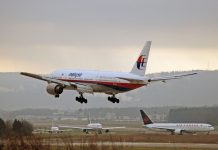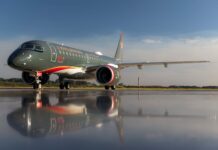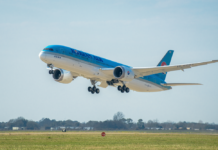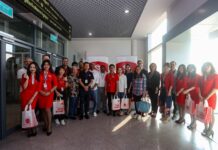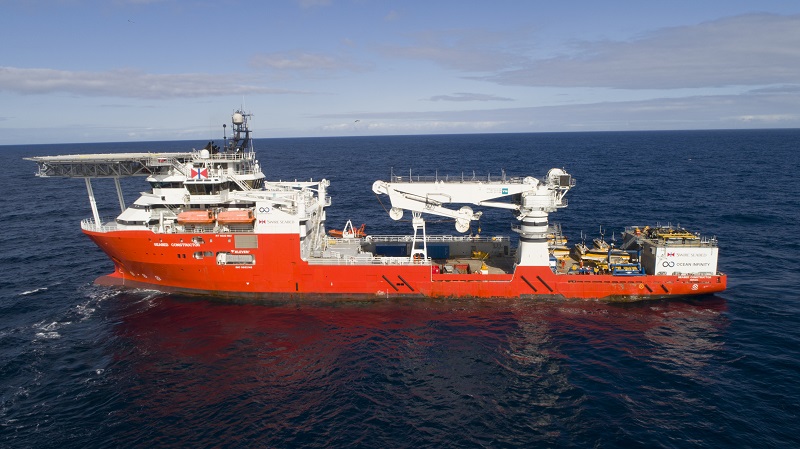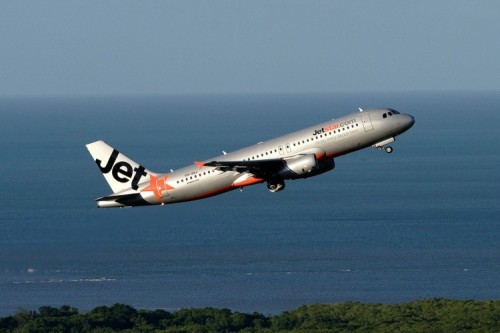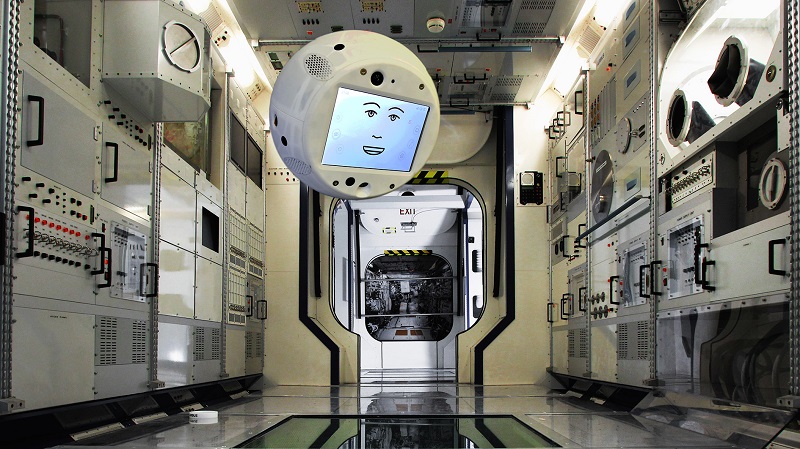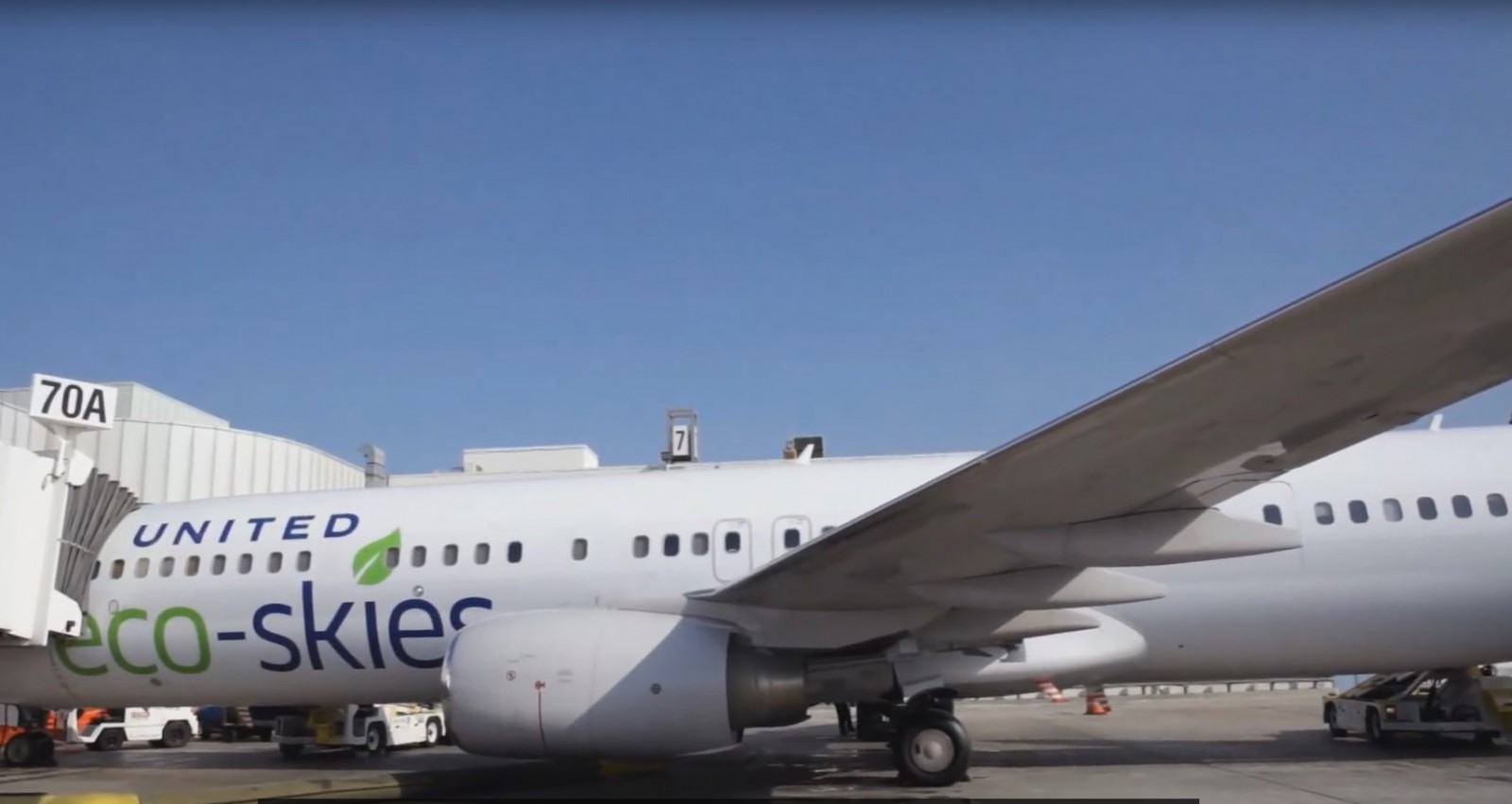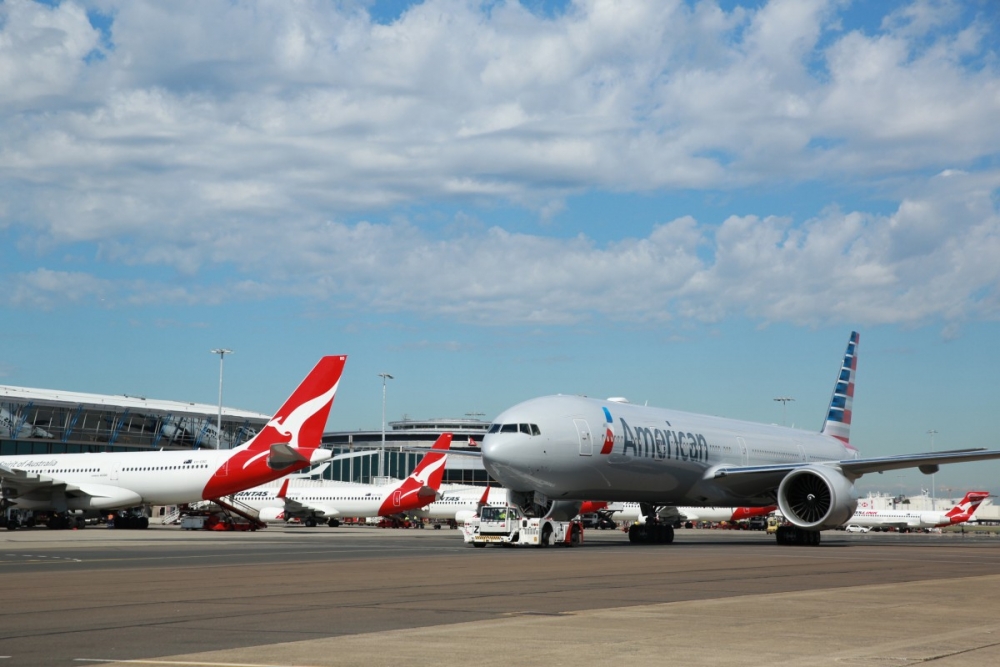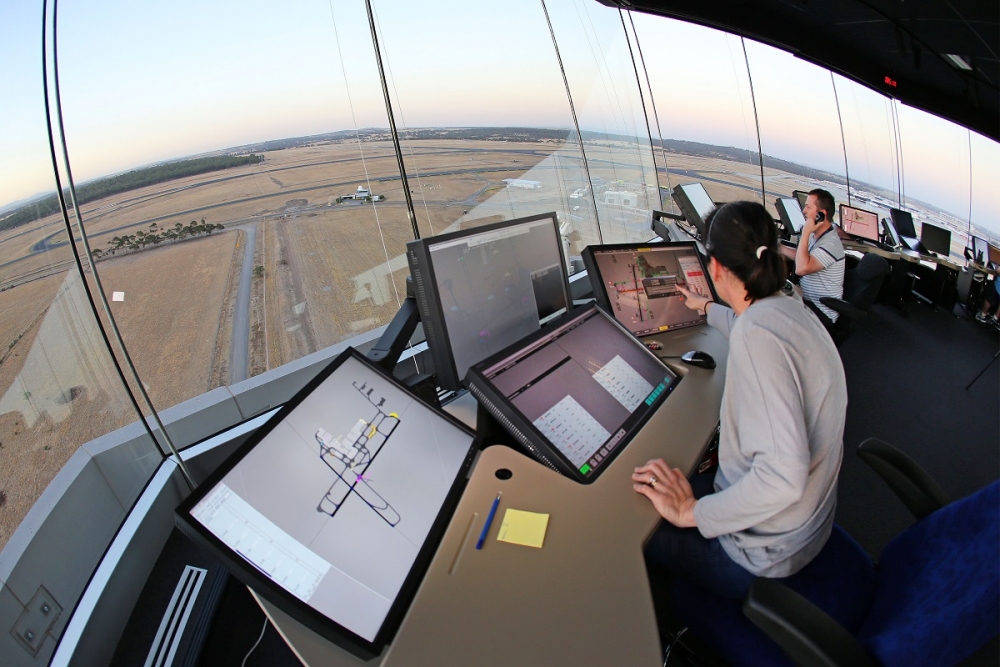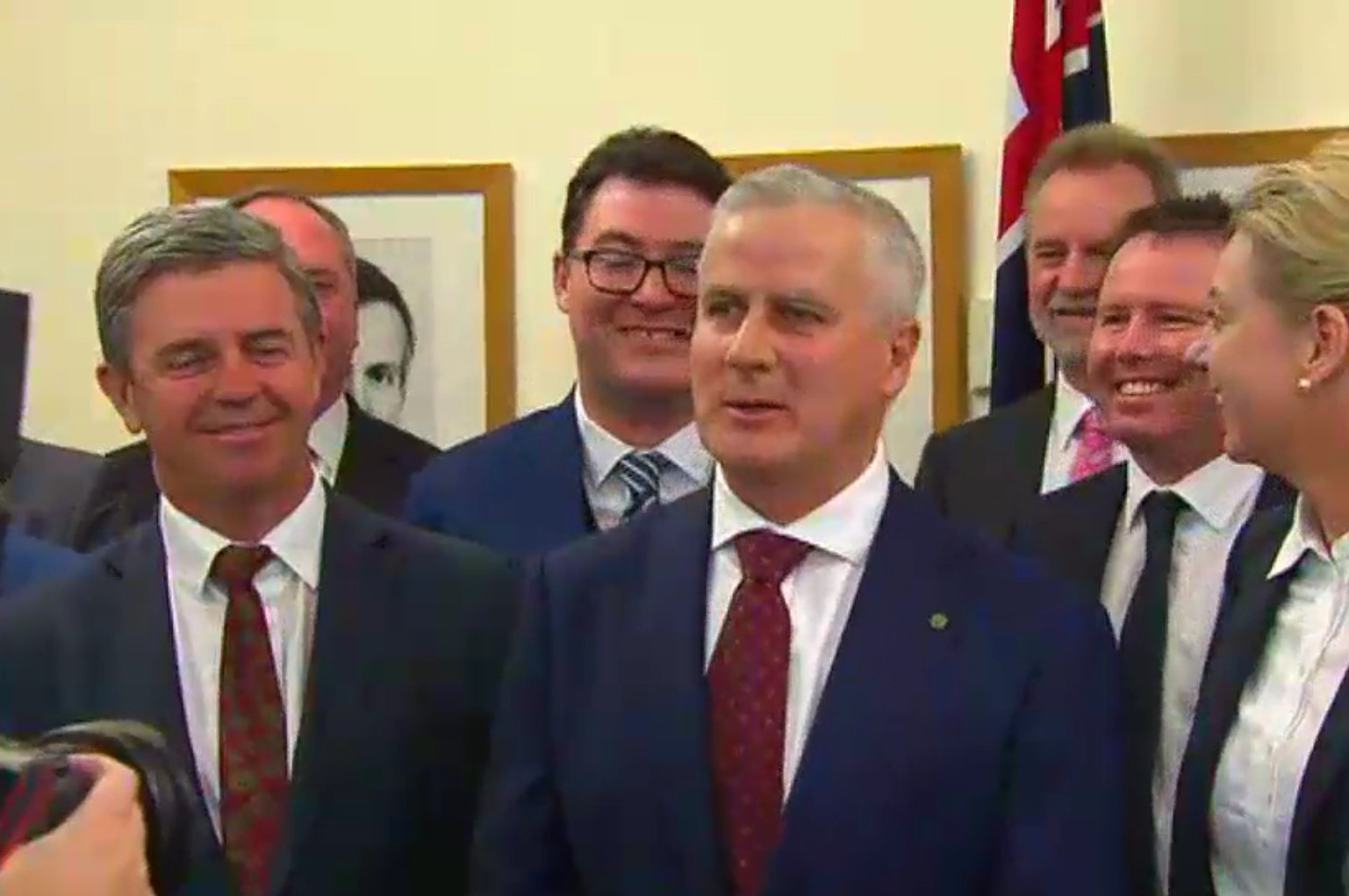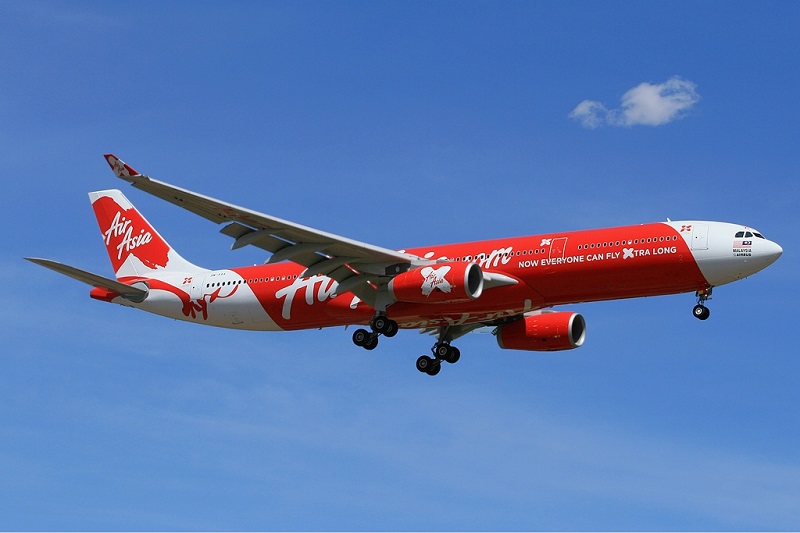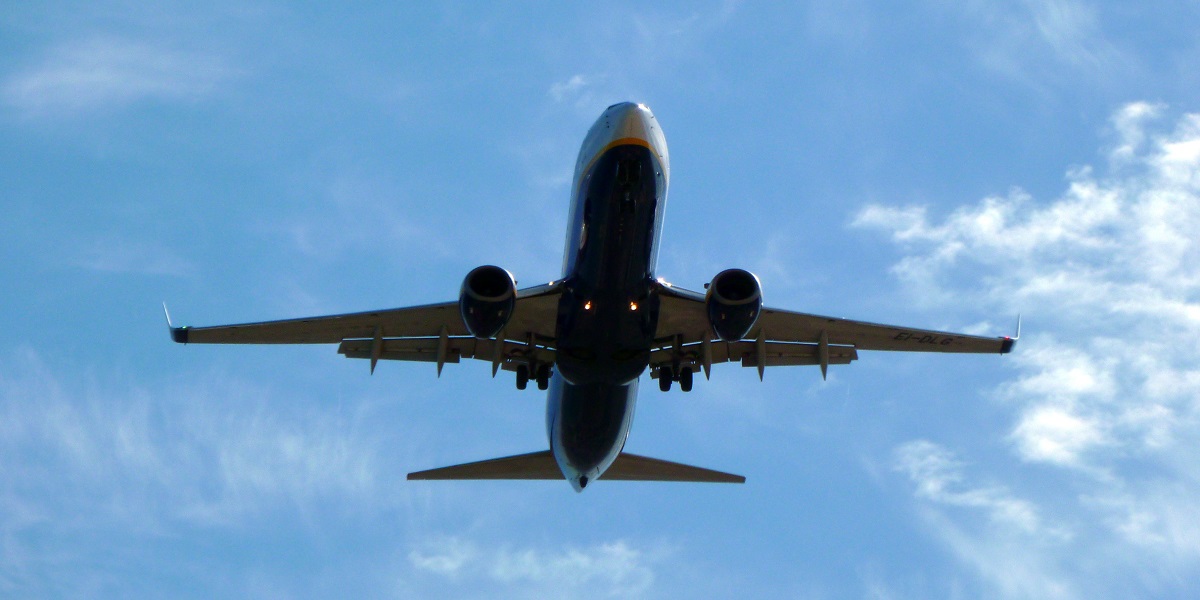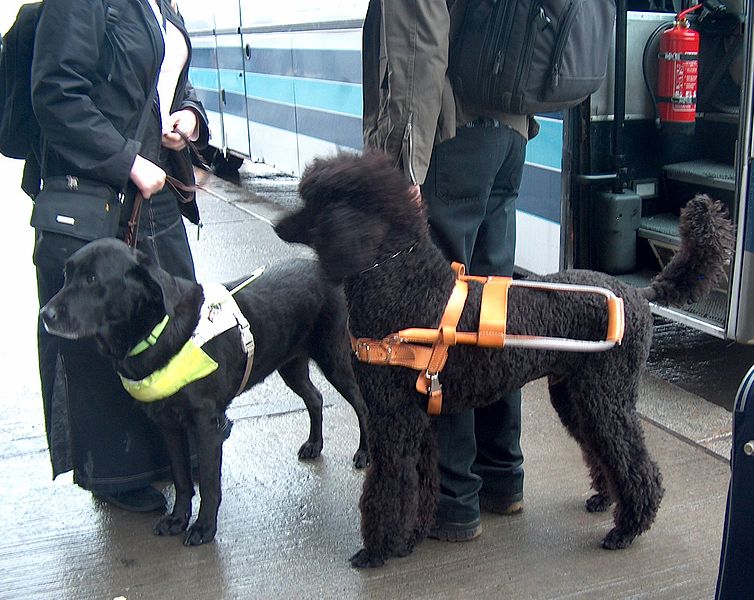Ocean Infinity’s ongoing search for missing Malaysia Airlines flight MH370 has moved on from the zone containing crash sites favored by CSIRO scientists to sweep a second area of the 25,000 sq. km primary search region.
A fifth update posted Tuesday by Malaysia’s MH370 Response Team says 8200 sq. km had been covered by February 25 with no significant contacts identified to date.

The high-tech Seabed Constructor search vessel arrived back at the search area late on February 15 after berthing in Western Australia but spent time on standby due to adverse weather.
A previous update said the ship used the time to calibrate equipment before resuming search operations.
However, the weather appears to have settled and the latest update said the Seabed Constructor had been able to launch all eight of its autonomous underwater vehicles.
Favourable weather conditions were also forecast for the week ahead, it said.
READ: MH370 what happened onboard?
The Seabed Constructor is searching an area on the northern leg of the 25,000 sq. km area defined in the Australian Transport Safety Bureau’s final report as the most likely resting place of the missing Boeing 777.
This is wider than the previous zone and experts watching the Seabed Constructor say it has changed its search pattern.
MH370 mysteriously disappeared in 2014 with 239 people on board and efforts to find it has so far drawn a blank.
However, that effort is not over.
Ocean Infinity has a “no cure, no fee” deal with the Malaysian government that sees it paid $US20 million if the debris is found in the 5000 sq. km primary search area, $US30m in the 10,000 sq, km secondary zone and $US50m in the 10,000 sq, km tertiary area.
The three zones make up a 25,000 sq.m area defined in ATSB’s report but OI will get $US70m if it locates the debris outside this zone. A number of experts have suggested this is where the missing plane may be.
The University of Western Australia’s Professor Charitha Pattiaratchi said last year that its drift modeling put the location of MH370 “at Longitude 96.5° E Latitude 32.5° S with a 40km radius.”
“Results of our oceanographic drift modeling indicate that the priority region to target would be the area between 33°S and 28°S along the 7th arc,” Professor Pattiaratchi told AirlineRatings.
“Longitude 96.5° E Latitude 32.5° S – was the origin of the particles that were used to direct Blaine Gibson to find debris in the western Indian Ocean.”
Some members of the Independent Group of experts believe it may be even further north and a map issued by the Malaysians identifies “site extensions”, one of which ranges north of 29° S.


